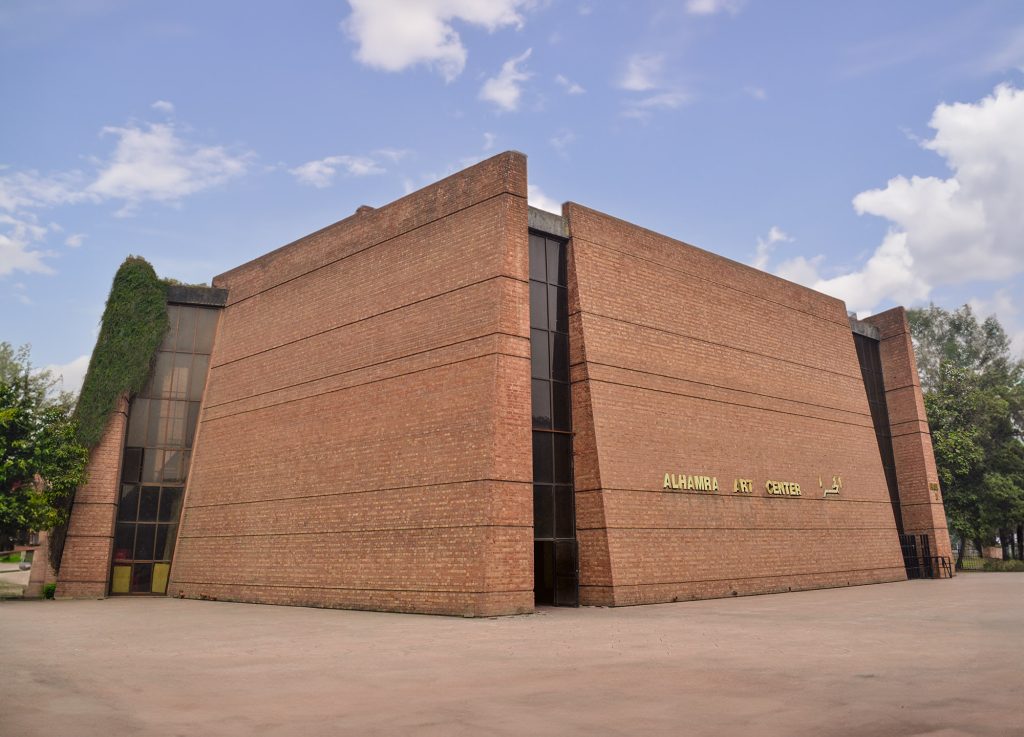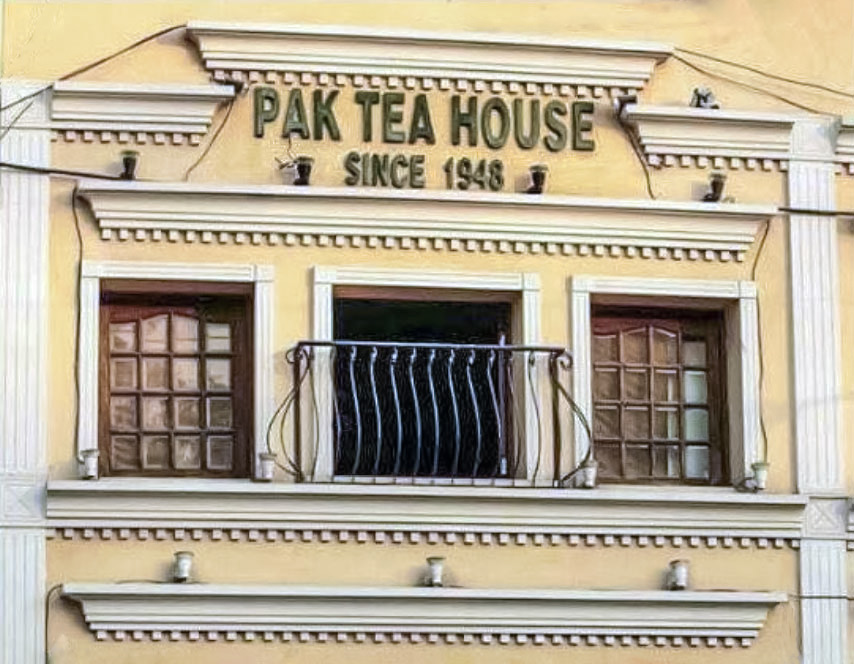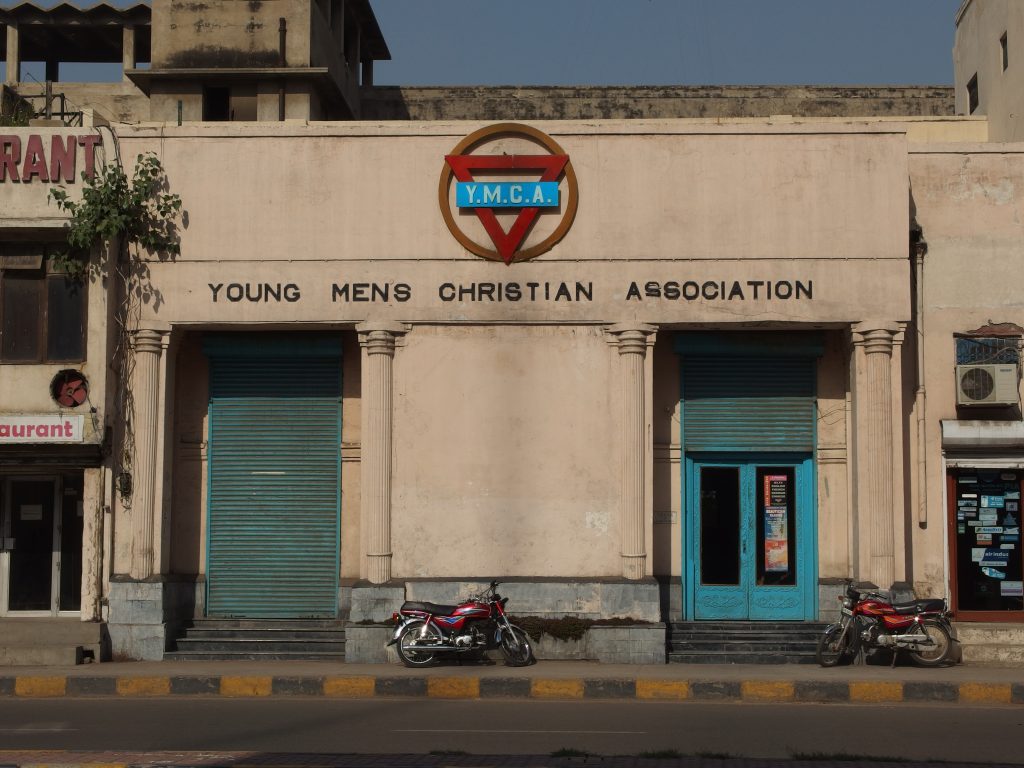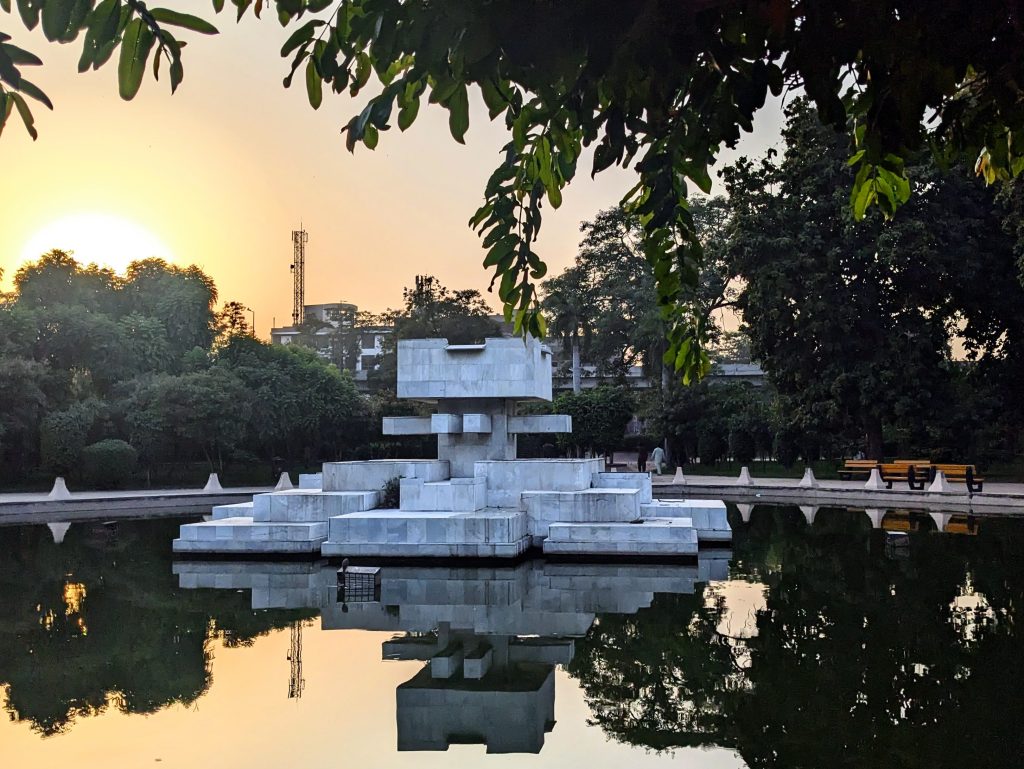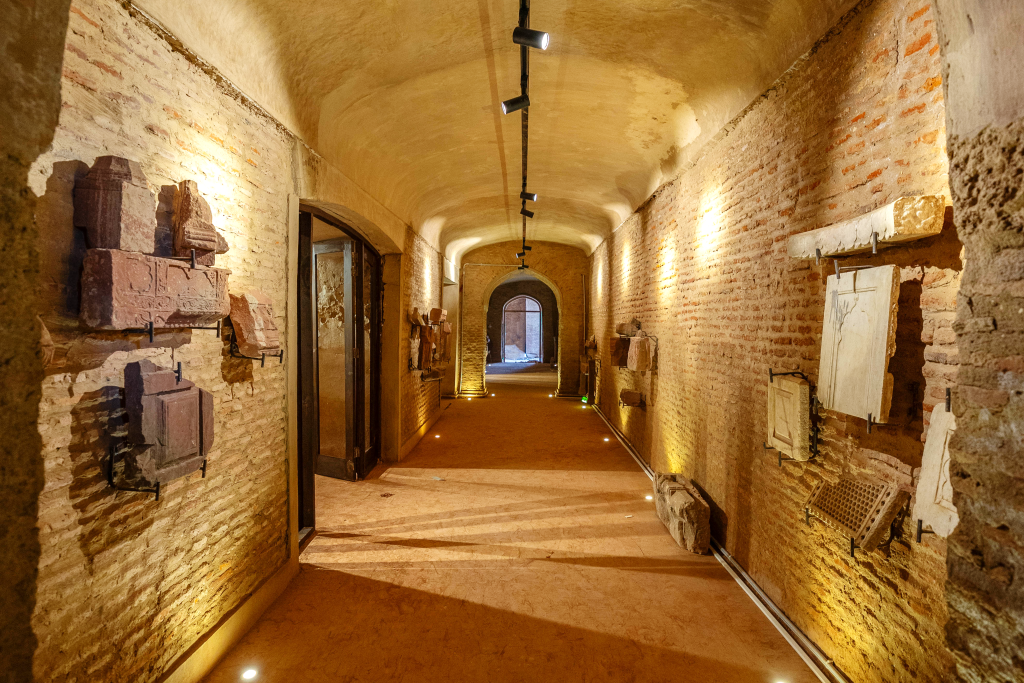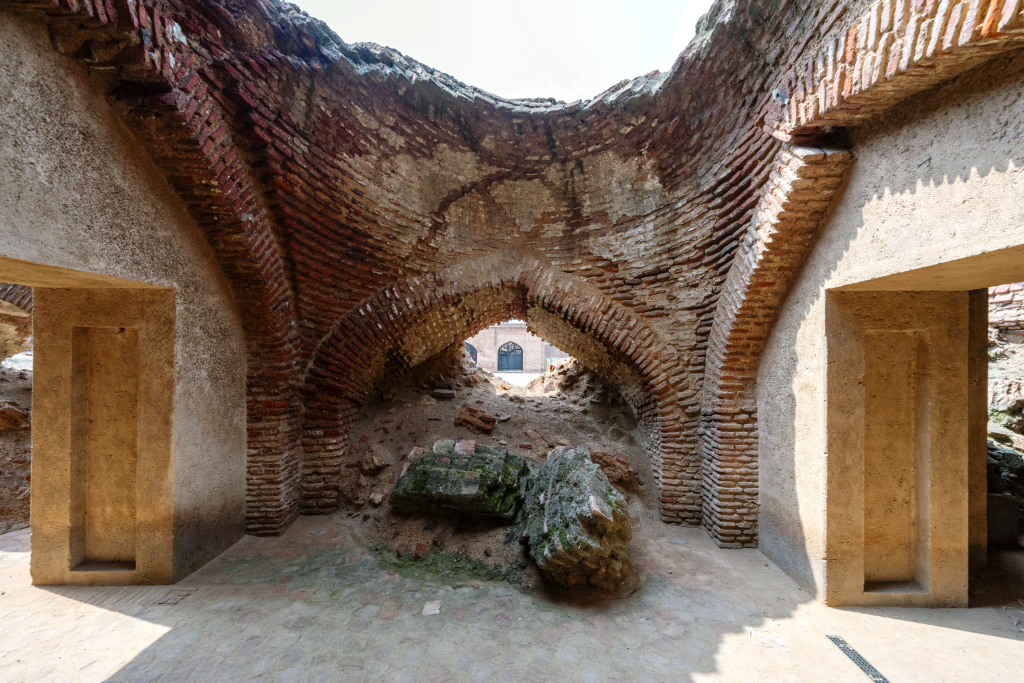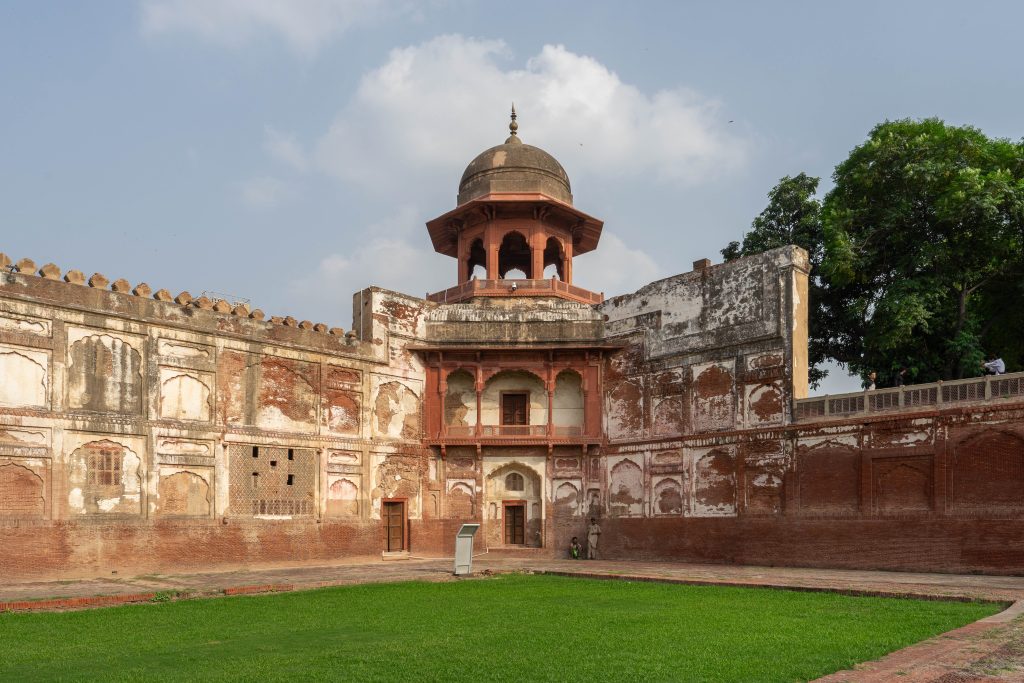Alhamra Art Center
The Alhamra Art Centre (Urdu: الحمرا آرٹس سنٹر) is a vital centre of Lahore's cultural scene, in which exhibitions, panels, and talks are regularly hosted. Inspired by Mughal era architecture, the octagonal structures of the modernist red brick building possess enhanced acoustics, making it the perfect venue for the presentation ... More
Pak Tea House
Located on the historic Mall Road near the Lahore Museum and many colleges, the Pak Tea House (Urdu: پاک ٹی ہاؤس) was originally the India Tea House from the early 1930s, and was a meeting place for leading intellectuals and writers. Renamed the Pak Tea House after the Partition, the ... More
Lahore Museum
The Lahore Museum (Urdu: عجائب گھر لاہور), is a museum located on the historic Mall Road. Founded in 1865 at a smaller location and opened in 1894 at its current location during the British colonial period, Lahore Museum is now one of Pakistan’s most visited and highly regarded museums. The ... More
YMCA
The YMCA Lahore, established in 1879, emerged during a time of significant social and political change in the region. Under British colonial rule, it, along with other Christian missionary organisations, played a pivotal role in introducing Western education and social reforms. In its early years, the YMCA’s presence was closely ... More
Nasir Bagh & the Barracks Museum
Nasir Bagh (Urdu: ناصر باغ) is a historical garden located on Lower Mall near Anarkali Bazaar in Lahore. Being surrounded by other historically significant landmarks of Lahore, such as Government College Lahore, Old Anarkali, and Urdu Bazaar, makes Nasir Bagh's location even more central and appealing. It is historically significant ... More
Bradlaugh Hall
A symbol of revolution against the British occupation of the Indian subcontinent, Bradlaugh Hall (Urdu: بریڈلا ہال) is regarded as an epicentre of organised resistance against colonial rule in Lahore. It was built in the 19th century on Rattigan Road through the fundraising efforts of Indian National Congress, one of ... More
British Barracks
The stables (Urdu: برطانوی بیرکس) at Lahore Fort were not originally part of the structures within the Lahore Fort; they were constructed during the British Raj.
Akbari Mahal
The Akbari Mahalat are among the oldest structures within the Lahore Fort. The area designated by Emperor Akbar for his residence is known as the Akbari Mahal (Urdu: اکبری محل), encompassing the surroundings of the Akbari Gate, the ground floor of Haveli Kharak Singh, the Akbari Hammam, Diwan-e-Aam, Daulat Khana-e-Khas-o-Aam, ... More
Royal Kitchens
Located at the rear of the Lahore Fort’s Alamgiri Gate, the Royal Kitchens (Urdu: شاہی باوارچی خانہ) are part of the fort’s entire kitchen complex. The Kitchens were brought under conservation by the Walled City of Lahore Authority (WCLA) and Aga Khan Trust for Culture in 2015 to preserve its ... More
Shalimar Gardens Orange Line Station
The Shalimar Gardens station (Urdu: شالیمار اسٹیشن) comes under the Lahore Orange Line Metro Train System. It is situated near the G.T. Road, Shalamar Town, Lahore. As a key component of the city's first rapid transit system, the Orange Line provides a convenient and efficient mode of transportation for residents ... More
Shalimar Gardens Hammam
The hammam or the royal bath (Urdu: شالیمار باغ حمام) within the Shalimar Garden is situated on the east side of the middle terrace. It was originally decorated with pietra dura work, a decorative technique using small pieces of stone or glass. This 17th-century bathing complex fell into disrepair after ... More
Shalimar Gardens
The Shalimar Gardens (Punjabi, Urdu: شالیمار باغ) are a vast Mughal garden complex. The Gardens were designed as a Persian paradise garden with the aim of creating an earthly utopia–a representation of paradise on earth–where humans and nature harmoniously coexist. The name "Shalimar" comes from the Arabic expression Shah al-‘imarat ... More
